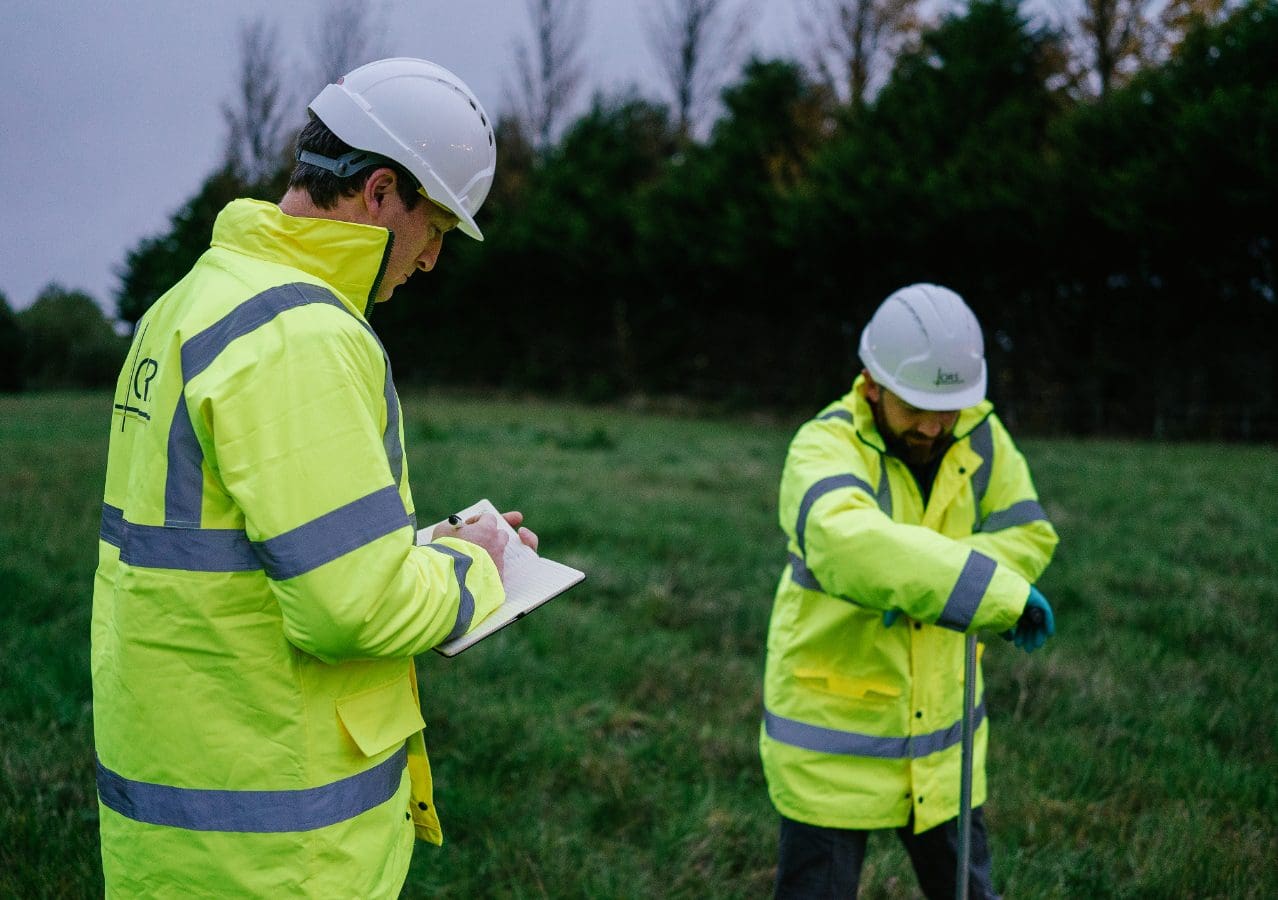Environmental Impact Assessment Reports (EIAR)

Environmental Impact Assessment (EIA) is a process of assessment of the effects of a proposed development on the environment, which helps to ensure that the environmental consequences of the project are understood before a decision to grant planning permission is reached. In Ireland, the formal EIA process is undertaken by a local planning authority or An Bord Pleanála when considering applications for planning permission, taking into account an Environmental Impact Assessment Report (EIAR).
The EIAR presents the results of a systematic analysis and assessment of a proposed project’s significant direct and indirect effects on the receiving environment. The EIAR must be prepared by, or on behalf of the developer, by qualified and competent experts.
The amended EIA Directive prescribes a range of environmental factors which must be assessed within the EIAR under the following descriptors:
- Population and human health
- Biodiversity, with particular emphasis on species and habitats protected under EU Directives
- Land, soil, water, air and climate
- Material assets, cultural heritage and the landscape, and the interaction between the factors mentioned in (1-4)
In this article, we will explore the technical input necessary for an EIAR and highlight how the team at ORS possess the required skills and knowledge to assist clients in this crucial process.
EIAR Stages
- Stakeholder Consultation;
- Screening;
- Scoping;
- Consideration of Alternatives;
- Project Description;
- Baseline Description;
- Assessment of Impacts;
- Mitigation & Monitoring.
How to Determine if a Development Requires an EIAR
One of the first steps in the EIA process is the Screening Stage. This step consists of an initial appraisal of the proposed development and compares this against the relevant EIA Thresholds as listed within the Planning and Development Regulations.
- Part 1 Activities – consists of activities which have significant effects on the environment (i.e., chemical plant or a large infrastructure project). Proposed developments which exceed the relevant thresholds in Part 1 are subject to a mandatory EIA. Part 1 sub-threshold developments require screening in cases where the same class of development is not listed in Part 2 with a lower mandatory threshold.
- Part 2 Activities – do not necessarily have significant effects on the environment in every case (i.e., smaller light industrial developments or residential development over a certain size). Proposed developments which exceed the relevant thresholds in Part 2, are subject to a mandatory EIA. For all sub-threshold developments listed in Schedule 5, Part 2, where no EIAR is submitted, or EIA determination requested, a screening determination is required to be undertaken by the competent authority unless, on preliminary examination, it can be concluded that there is no real likelihood of significant effects on the environment.
Public and Stakeholder Consultation
Consultation is a key element of each stage of the EIA process. ORS lead the consultation process on behalf of our client, ensuring clear and focused consultation with relevant stakeholders throughout the assessment process.
The core objective of Public Consultation is to ensure that the public is fully aware of the likely environmental impacts of projects before the Competent Authority makes a decision. If delivered effectively, consultation can ensure the public feel they have agency and influence on what happens in the area they live in. Public consultation can also help highlight local constraints, concerns and opinions which can be incorporated into the development design.
ORS EIA Expertise
As a leading multidisciplinary consultancy, ORS provide practical, client-focused solutions for EIA to support a wide range of development projects throughout Ireland.
We provide expert support and guidance to clients through each stage of the EIA process, from pre-planning consultation, screening and scoping, public and stakeholder consultation, baseline assessment and impact analysis, preparation and submission of the final EIAR, and implementation of mitigation and monitoring measures.
At ORS, each EIAR is prepared in accordance with the latest best practice guidelines – EPA (2022) “Guidelines on the Information to be contained in Environmental Impact Statements”. Our experienced team of Chartered Environmental Consultants, Environmental Scientists, Chartered Engineers, and technical experts identify the project’s specific needs and determine where potential environmental impacts may arise. We deliver all necessary technical assessments to identify baseline environmental conditions and assess potential impacts of projects, including:
- Population and Human Health Impact Assessment
- Traffic and Transport Impact Assessment and Traffic Modelling
- Hydrology & Hydrogeology Impact Assessment
- Land & Soils Impact Assessment
- Air Quality & Climate Impact Assessment and Air Dispersion Modelling
- Noise & Vibration Impact Assessment
- Ecological/Biodiversity Impact Assessment
- AA Screening Report / Natura Impact Assessment
- Landscape and Visual Impact Assessment
- Archaeology and Cultural Heritage Impact Assessment
- Assessment of Impacts on Material Assets
- Assessment of Interactions and Cumulative Effects
- Mitigation and Monitoring Measures
